10 ways to clean with salt — refresh your home with this magic ingredient
From drains to stains, there are many ways to clean with salt
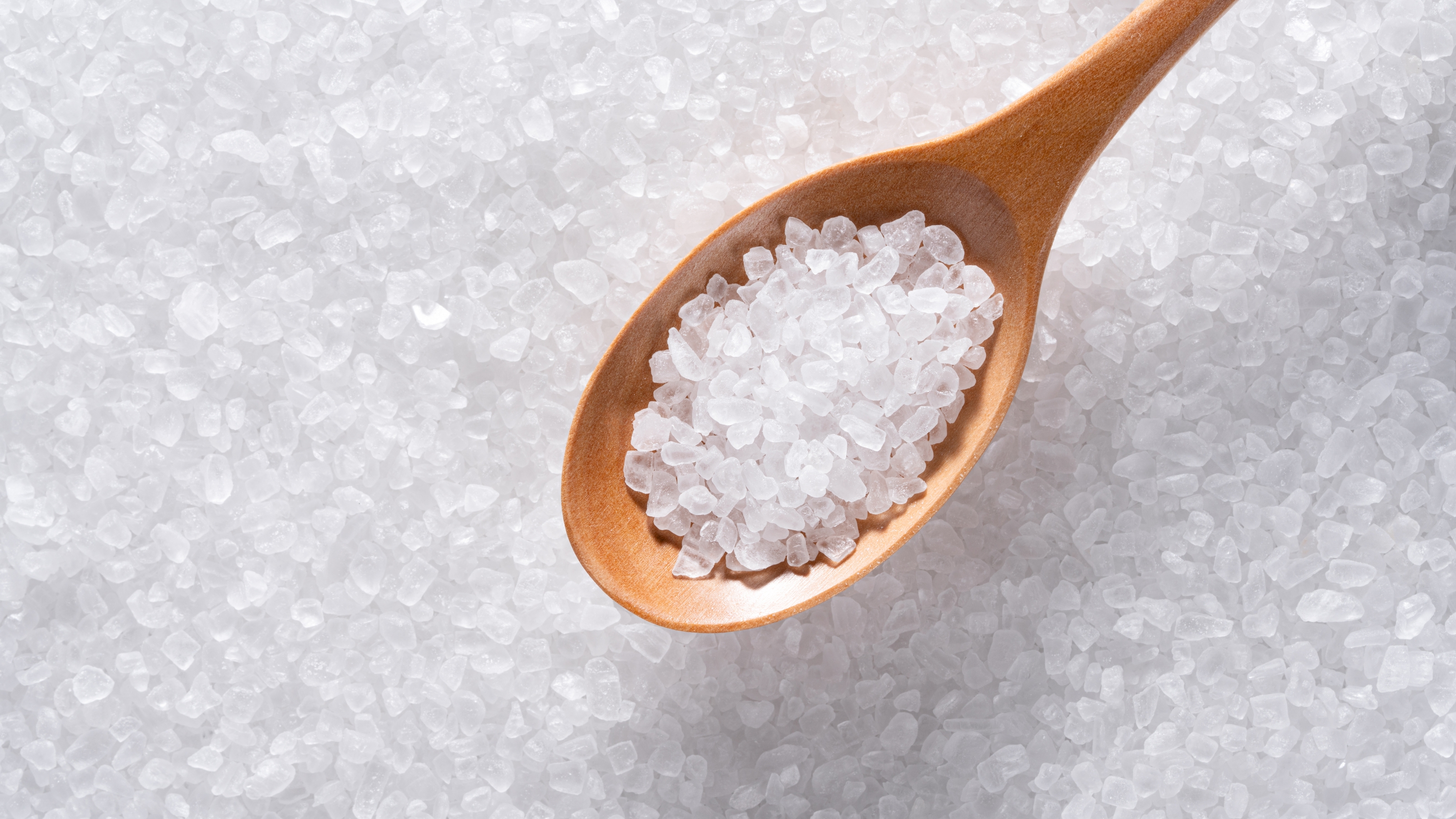

Knowing all the ways to clean with salt can make sprucing your home that bit easier. When you don't have a commercial product to hand, being able to reach for such an easy-access ingredient means you can deal with all sorts of issues in a flash.
Our industry pros will guide you through 10 ways to clean with salt, including what it works on, what products to combine it with, how to apply it and even explain why it works.
Learn how to clean your house with expert tricks on what you can do with simple products already in your pantry feels like a cheat but salt really is that versatile.
The best ways to clean with salt
If you're armed with the best cleaning supplies, you might think you've got it all covered. But read on and it might just surprise you how many everyday jobs can be done quickly and easily with that simple ingredient you shake over your fries.
Where our industry pros have suggested products, we've sourced highly-rated items from trusted retailers.
All prices were correct at the time of publication.
1. Carpet stains
Whether in the hallway, living room, bedroom, or even cleaning carpet on the stairs, salt is excellent at tackling stains, especially those caused by spills and pet accidents.
Get small space home decor ideas, celeb inspiration, DIY tips and more, straight to your inbox!
Shaun Veran, Chief Operating Officer at OURA, says, "Begin by mixing equal parts salt and vinegar to form a paste. Apply this to the carpet stain, and allow it to sit. Vacuum away, or for more stubborn stains, use a brush to scrub the area gently first."
Combining salt and vinegar like this can significantly disrupt bacteria.
“Together, they pull water out of the cells while reducing the pH dramatically,” Shaun explains. “This creates an environment that is inhospitable for microbial survival and prevents odor-causing bacteria from growing."
Shaun recommends AVO Pure Natural Distilled White Vinegar from Amazon. For salt, Morton Iodized Salt from Walmart comes with great reviews (averaging 4.6/5 from more than 1,000 shoppers).

Shaun Veran is the Chief Operating Officer and Co-Founder of OURA, which harnesses cutting-edge scientific advancements to design products that enhance cleanliness and safety for tens of thousands of customers. With a decade of experience in biotechnology and microbial research, Shaun has become a leading expert in microbial growth and innovative strategies to inhibit them.
2. Dishes

When it comes to the best dishwashing tools, salt is great at removing stubborn food residue.
Shaun says, "For tough-to-clean dishes, combine coarse salt with a few drops of dish soap and a splash of water to create a scrubbing paste. Use a sponge to scour the surface.
"Salt’s crystal structure makes it a highly effective abrasive agent. Unlike other common household items like sugar (which is softer and dissolves quickly), salt crystals are hard and do not dissolve as readily."
Rinse the dishes thoroughly with water after scrubbing to remove any salt residue.
Shaun adds, "Coarse kosher salt (with an average score of 4.7/5 from more than 6,000 reviews, we recommend Morton Coarse Kosher Salt from Amazonperfect for this process since it has large granules which are better for scrubbing without damaging surfaces."
3. Cutting boards
Salt is an excellent natural cleaner for cutting boards, helping to disinfect and deodorize them.
Shaun says, "Salt can be extremely effective for cleaning and deodorizing wooden cutting boards, which are prone to bacterial growth and odor absorption due to their porous nature.
"Sprinkle a generous amount of coarse salt over the surface of the board. Cut a lemon in half and use one of the halves to scrub the salt into the board. Leave the mixture on the board for about five to 10 minutes, then rinse the board with hot water."
The citric acid in lemon juice helps to disinfect the cutting board by breaking down bacteria and neutralizing odors, leaving a fresh scent.
Shaun adds, "Coarse sea salt (such as Morton All-Purpose Sea Salt from Target which comes with a five-star rating) is ideal for this method due to its larger crystals, which are more effective at scrubbing without embedding into the wood."
4. Fridge
Knowing how to clean and remove bad smells from your refrigerator is key if you want to enjoy your kitchen to the max. Salt is a handy tool to keep it fresh and free of bacteria.
To clean your fridge with salt, start by emptying the contents and removing any removable shelves and drawers. Create a cleaning solution by dissolving salt in warm water and adding a cup of cleaning vinegar (at 128 fluid ounces, Walmart's Great Value Distilled White Vinegar will last you a good while).
Use a sponge or cloth dipped in the saltwater solution to wipe down the interior surfaces of the fridge, including shelves, drawers, and walls. The abrasive nature of the salt will help loosen food residue and stains, making them easier to wipe away.
For stubborn stains or odors, sprinkle salt directly onto the affected areas and let it sit for a few minutes before scrubbing with a sponge or brush. The salt will help absorb moisture and neutralize odors, leaving your fridge smelling fresh.
Dry the surfaces thoroughly with a clean cloth before replacing the shelves and drawers. Your fridge will be clean, fresh, and ready to store your food items once again.
5. Jars & bottles
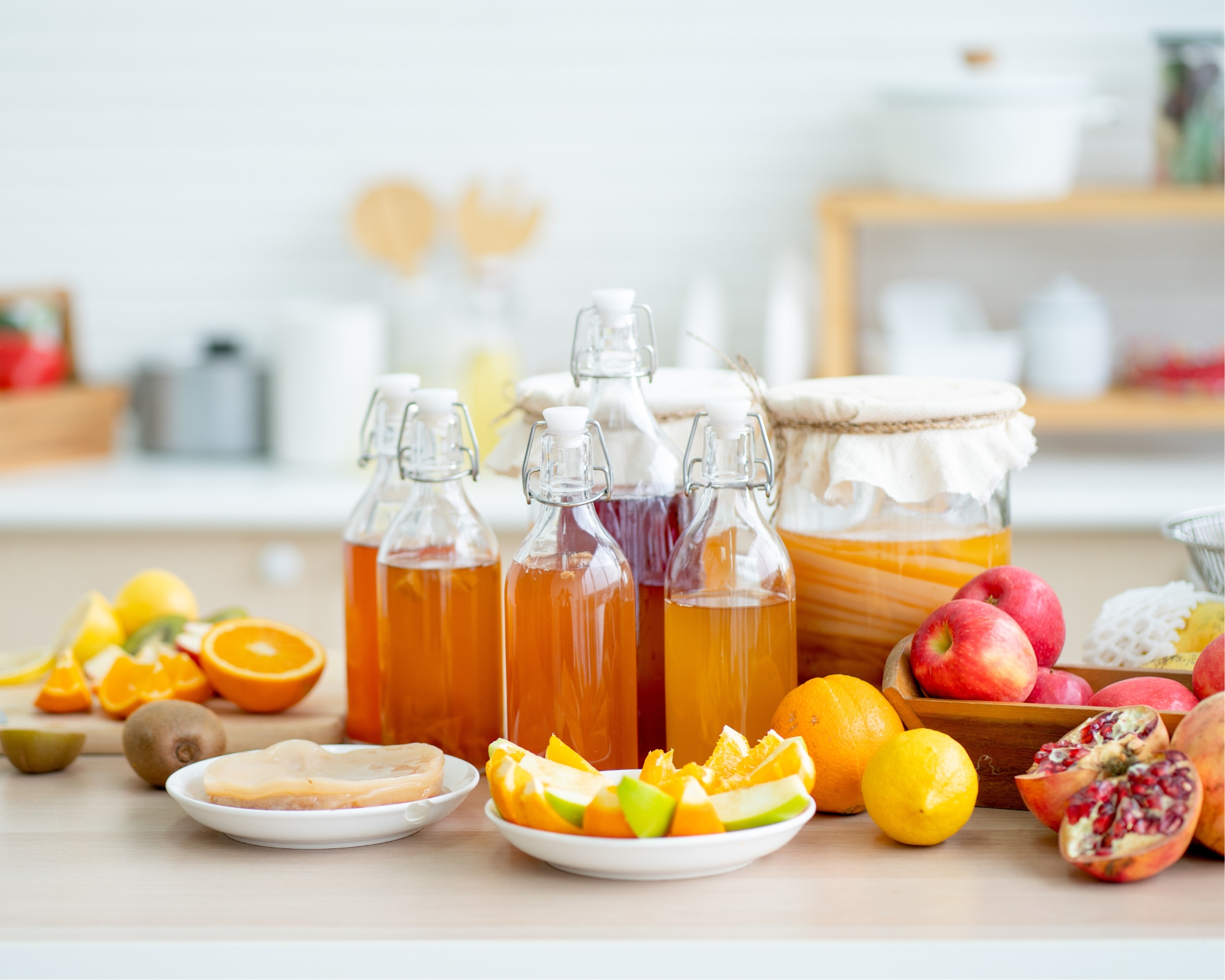
Removing stubborn residue from bottles and jars can be a challenge, especially when it's tough to fit your hand in, but salt can help make the task easier.
Cleaning expert, Amy Poulton, of Hometalk, says, "To clean out glass bottles, jars or containers that are too narrow for brushes or sponges, fill the container halfway with ice cubes (crushed or whole work fine), add a few tablespoons of salt, and secure the lid (some foil can do the job if you're without one).
"Shake vigorously for 30 seconds. The salt helps scrub the dirt away. Rinse thoroughly with warm water and your jar, bottle or container should be sparkling clean."
For extra cleaning power, you can also add a few drops of dish soap or a lemon wedge. Rinse the bottle or jar thoroughly with water after cleaning.
6. Copper pans

Salt is an effective cleaner for copper pans, helping to remove tarnish and restore their shine.
Amy says, "To clean the burnt bottoms of copper pans, create a thick paste of salt and lemon juice. Apply the paste and scrub the pan's bottom in circles with a dish scrubber. The salt helps scrub the stains, while the acidity helps lift the stains and remove debris. Rinse everything with warm water and dry with a cloth.
"Alternatively, sprinkle salt on the pan and scrub with half a lemon to leverage its acidity against stubborn stains. Rinse and dry as before."
ReaLemon 100% Lemon Juice from Target comes with five-star reviews. If you don't have lemon to hand, flour and vinegar can also be used effectively on pans.
Create a paste by mixing equal parts salt, vinegar and flour. Apply the paste to the tarnished areas of the copper pan and let it sit for about 15 minutes. Then, scrub the pan with a sponge or brush, focusing on the stained areas.
Rinse the pan thoroughly with water and dry it with a clean cloth. Your copper pan should now be clean and shiny.
This King Arthur Baking Company Unbleached Flour from Walmart is one of the best-rates options by shoppers.
7. Rust
It's not just in crisps that salt combines well with vinegar — the duo can get rid of rust in no time too. Whether removing rust from an outdoor grill, your kitchen oven or something else, salt makes for a great abrasive.
In a tub or basin, mix one cup salt with two cups white vinegar, then dilute with water.
If the rusty item is removable, like a grill, pop it into the solution and allow it to soak overnight before scrubbing the loosened rust away.
The salt increases the natural acidity of the vinegar to the point where it can dissolve the oxidized metal. The salt also acts as an abrasive when it comes time to start scrubbing.
If the item is not removable, drench a brush or microfiber cloth (this E-Cloth Home Cleaning Set from Amazon will have all your home-cleaning needs covered) in the solution before getting to work. Rinse thoroughly with water to finish.

Price: $7.95
These handy brushes with smooth handles will help you scrub just about anything from dishes to carpet stains.
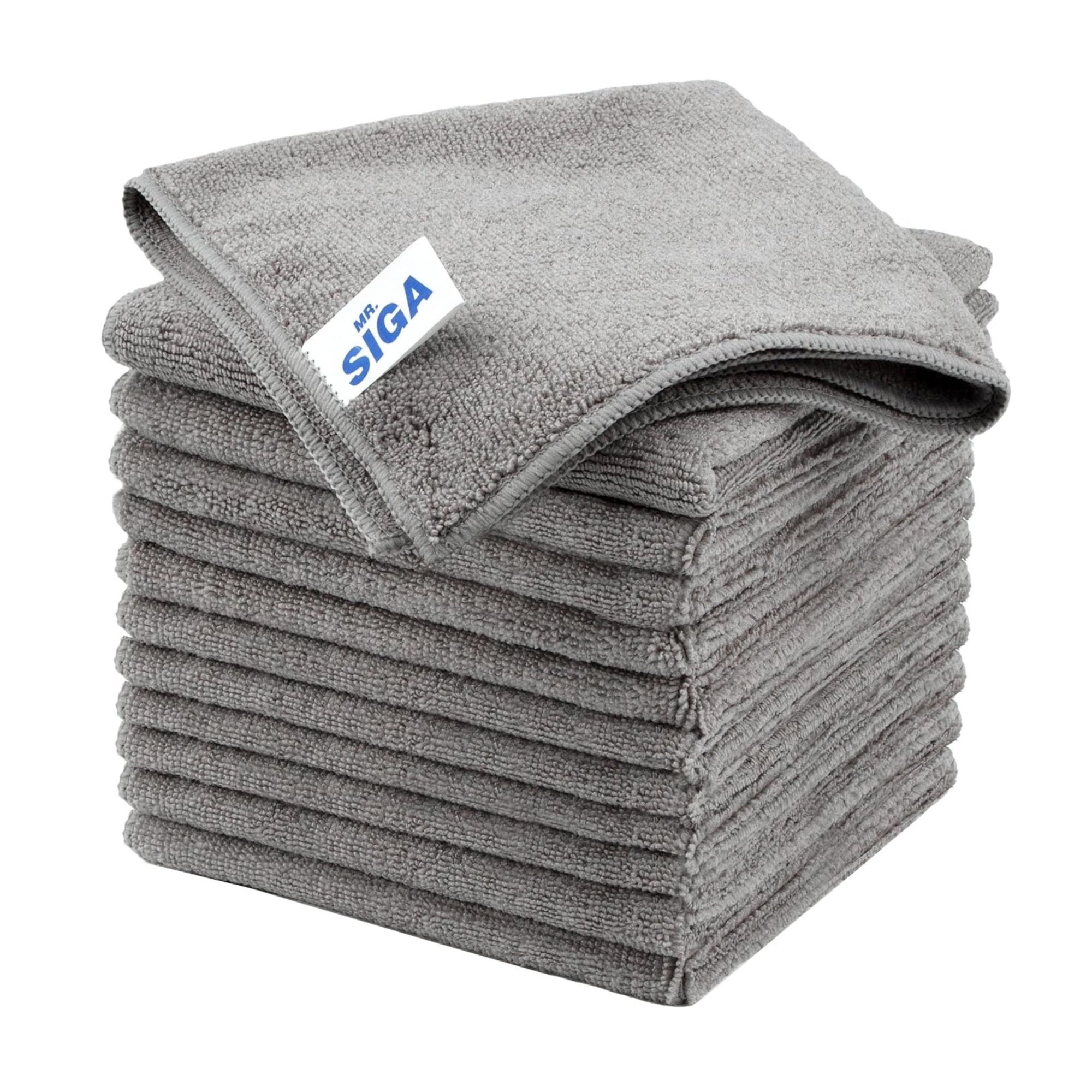
Price: $14.99
This microfiber cloth multipack will ensure you don't leave any streaks when cleaning glass or metallic surfaces.
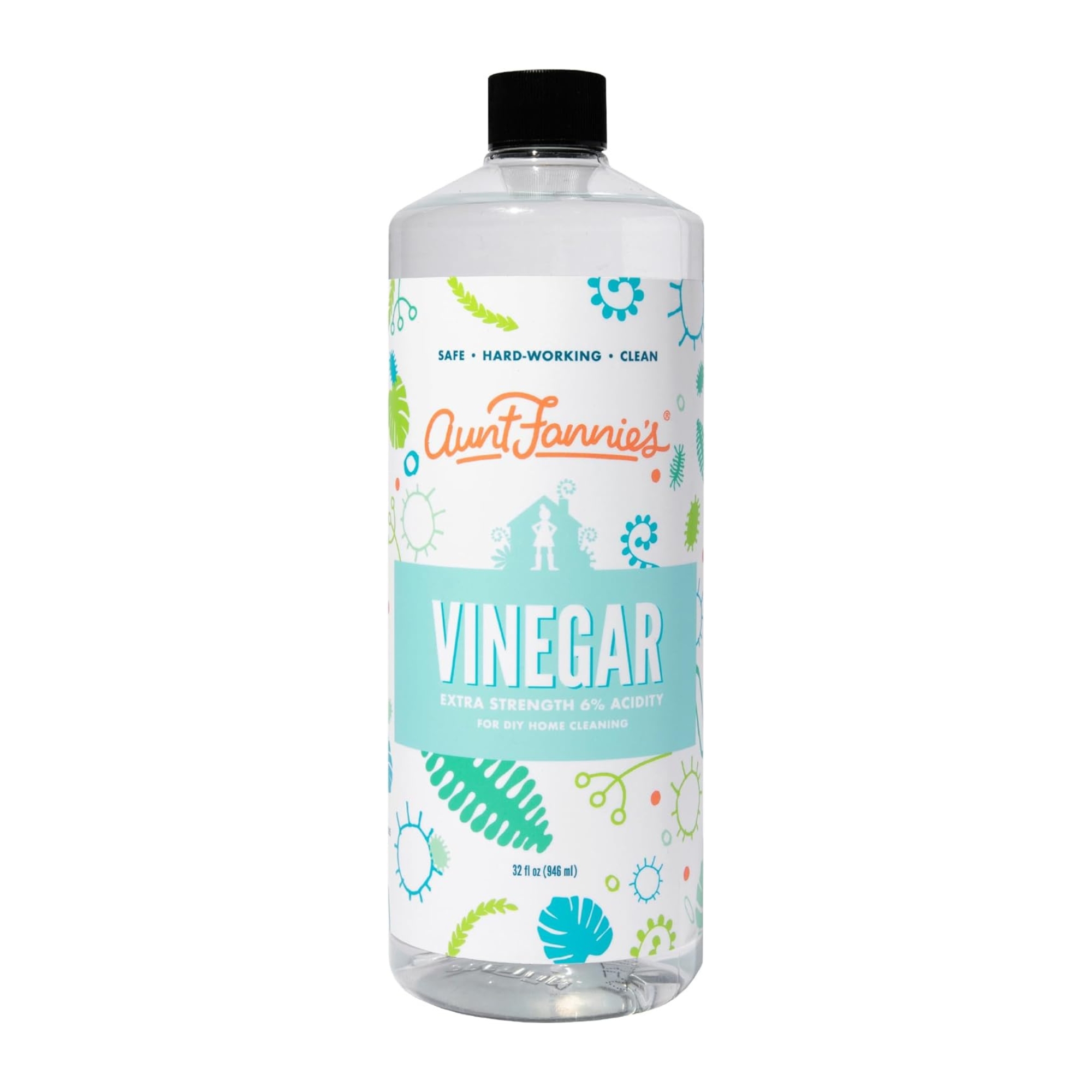
Price: $12.99
Stock up on this hard-working, extra-strength, 6% acidity vinegar for cleaning floors, bathrooms and more.
8. Drains
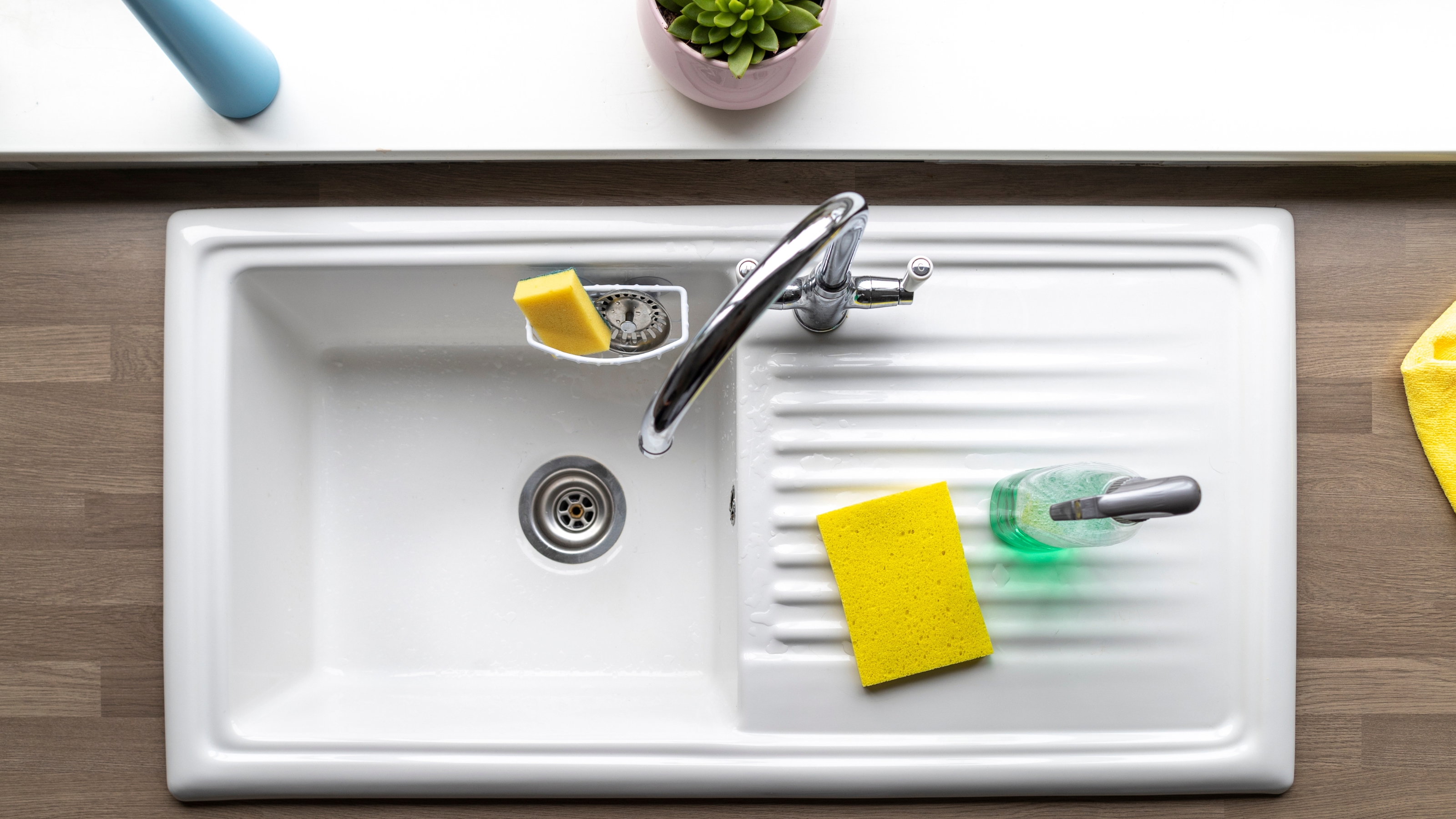
Another great use of salt is to clean kitchen and bathroom sink drains.
Angela Rubin, a cleaning specialist at Hellamaid, says, "Pour 1/2 cup of baking soda down the drain, followed by 1/2 cup of salt. Wait a few minutes, then pour a cup of vinegar down the drain also.
"Cover the drain with a stopper or rag to contain the fizzing reaction. After 30 minutes, flush the drain with hot water."
This Arm & Hammer Pure Baking Soda from Target comes with great reviews and boasts more than 100 different uses around the home.
Angela adds, "The combination of salt, baking soda, and vinegar creates a foaming reaction that helps break down grease, hair, and other debris that may be clogging the drain. Salt helps to scrub away buildup and deodorizes the drain, leaving it clean and odor-free."
9. Sweat stains
When it comes to removing those unwanted sweat stains, salt is a lesser-known but very effective gem, especially on white or light-colored fabrics.
Simply create a paste by mixing salt with water, then apply it to the stained area. Gently rub the paste into the fabric and let it sit for about 30 minutes.
After, wash the item as usual, with your regular detergent. The salt will help lift the sweat stains, leaving your clothing clean and fresh.
10. Iron
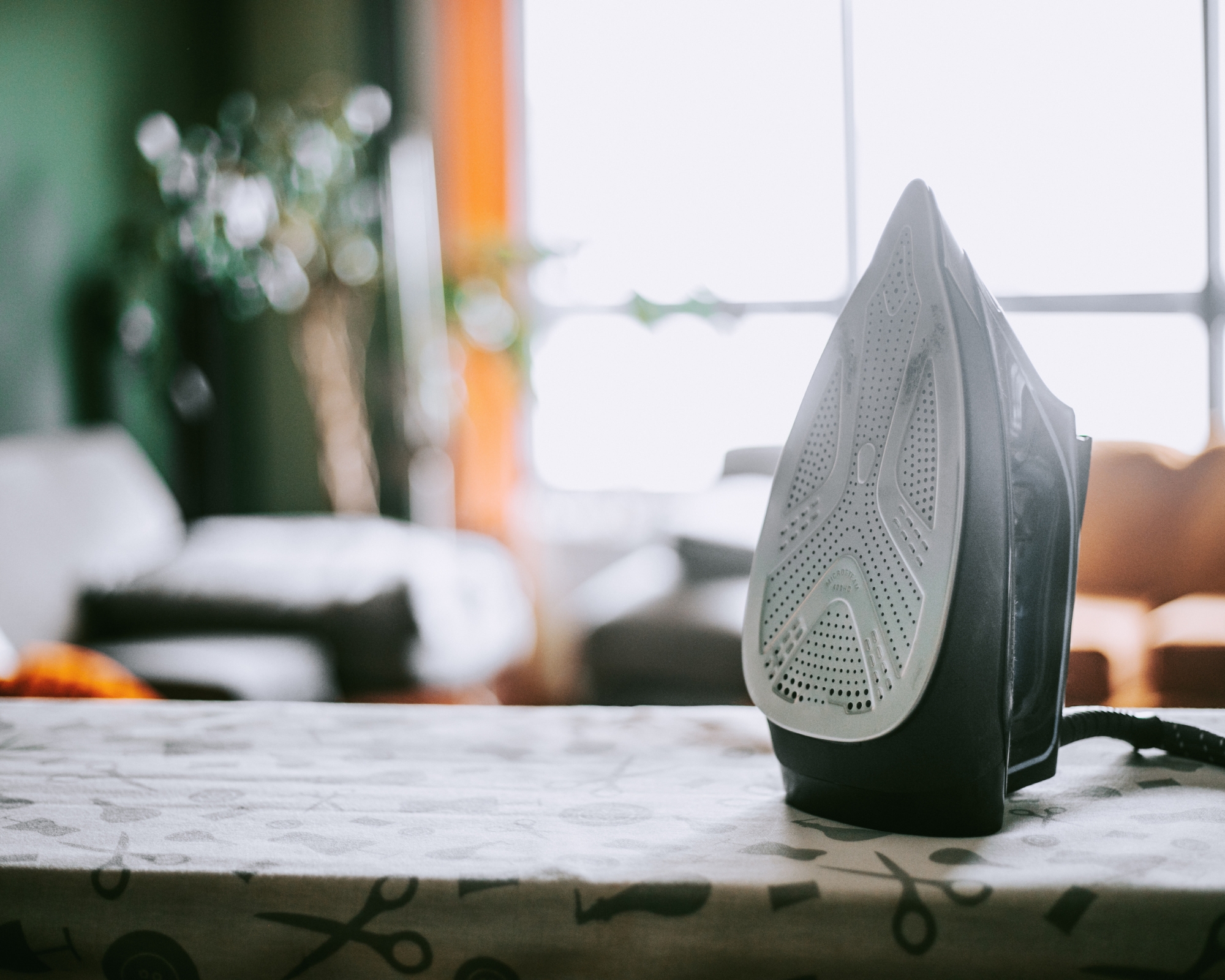
Last but not least, salt can also even work its magic when it comes to cleaning an iron.
Over time, irons can become stained and clogged with mineral deposits, affecting their performance and even leaving marks on your clothes. Salt can help clean and revive your iron, restoring its efficiency.
Begin by sprinkling a generous amount of salt onto a piece of paper or cloth. Turn your iron to the highest setting and run it over the salt-covered surface several times.
The abrasive texture of the salt will help remove residue and buildup from the iron's soleplate.
Once clean, allow the iron to cool completely, then wipe the soleplate with a damp cloth to remove any remaining salt residue.
So there you have it — cleaning with salt never felt so good.
Next, up your sprucing game further by checking out 10 household jobs you can do with vinegar, and aluminum.

I'm a senior writer with an English degree and NCJ qualification, plus years of experience writing news, lifestyle and consumer articles for the national and international press. I'm also a copywriter, working on a breadth of consumer and corporate projects, and a private education consultant. I live in the quiet of the countryside and love completing DIY tasks to breathe life into my small, newly-built home.

